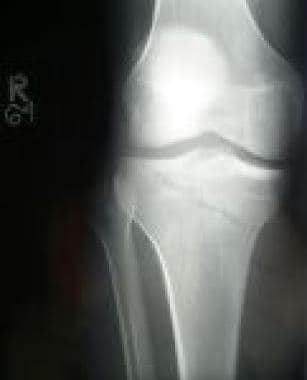

You will be fully weight bearing confidently and you will have seen marked improvements in the function of your lower leg. Strengthening exercises for muscles in affected and unaffected leg (calf, hamstring, quadriceps, tibialis anterior etc)įollowing three months of successful rehabilitation with .uk you will have minimal if no pain and swelling.At this stage, your physiotherapy will also begin to include activities that will improve your cardiovascular fitness and muscle endurance. The main goals of your physiotherapy programme with .uk will aim to minimise pain, improve range of movement, increase strength, re-train your gait and improve proprioception (balance). In the third month of your rehabilitation your physiotherapy programme will continue to focus on the progression from previous weeks.
Distal tibia fibula fracture full#
Progression of weight bearing – full weight bearing activities if possible.Range of movement, strengthening and stretching exercises for unaffected leg.Stretching exercises for muscles of affected leg (calf, hamstring, quadricep etc).Strengthening exercises for muscles of affected leg (calf, hamstring, quadriceps etc).Passive (assisted) and active (independent) range of movement exercises.Continuation of modalities for pain and swelling.Your physiotherapy will aim to progress your ability to weight bear as much as possible at this time. The goals of your rehabilitation include controlling pain and swelling, improving range of movement and flexibility along with increasing muscle strength and control.

Physiotherapy is imperative once the fracture site has healed sufficiently as this will maximise the success of the ORIF surgery and help ensure the return of full or near to full function in the lower leg.Ībove: Soft tissue massage of the gastrocnemius muscle by MSK therapistĭuring the second month of your rehabilitation with .uk your physiotherapy will focus on the continuation and progression of activities from previous weeks. It is important to undergo ORIF immediately after suffering a displaced fracture of the lower leg as this will reduce pain, prevent deformities, aid the healing process and prevent further problems in the future. The pins / screws may remain in place permanently or they could be taken out at a much later stage. The wound is then closed up using stitches or sutures. The fractured bones are then realigned (open reduction) and held in place with a combination of pins, screws, and / or wires (internal fixation). During ORIF to the lower leg, an incision is made over the area of the fracture. ORIF surgery is performed in an operating room, normally under general anaesthesia.
Distal tibia fibula fracture skin#
In severe cases where the bone is displaced and the fracture fragments have broken the skin (open fracture) then external fixation is the appropriate surgery If the fracture is out of position (displaced) but the skin is still intact (closed fracture) then ORIF of the tibia and fibula (open reduction internal fixation) is required. If the bone is still in its correct alignment (non-displaced) then immobilisation with use of a splint or cast followed by physiotherapy is recommended. Treatment of lower leg fractures can vary depending on the severity of the fracture. There will be considerable deformity at the site of the fracture as well as a large amount of swelling and discolouration due to the amount of tissue damage and loss of blood at the fracture site. Lower leg fractures can also be either closed fractures (where the skin is not broken by the fracture fragments) or open fractures (where the fracture fragments have broken through the skin).The skin and tissues that cover the front of the tibia and fibula is very thin and as a result of this, a significant number of fractures to the lower leg are open fractures.įractures of the lower leg cause a significant amount of pain and movement is extremely difficult. Fractures to the lower leg can be non displaced (bones are still in position) or displaced (out of position). The majority of tibia/fibula fractures are caused by either a twisting force when the foot is fixed or as a result of direct blow or trauma. Physiotherapy after ORIF surgery of the tibia/fibula is essential to mobilise and return function in the lower leg.įractures in the lower leg can occur along the shaft of the tibia (shin bone), along the shaft of the fibula (smaller long bone) or both. Internal fixation refers to the fixation of screws and / or plates to enable or facilitate healing. Open reduction refers to open surgery to realign and set bone and is necessary for some fractures. Open Reduction and Internal Fixation (ORIF) of the lower leg is a surgical procedure to treat a fractured tibia and fibula.


 0 kommentar(er)
0 kommentar(er)
